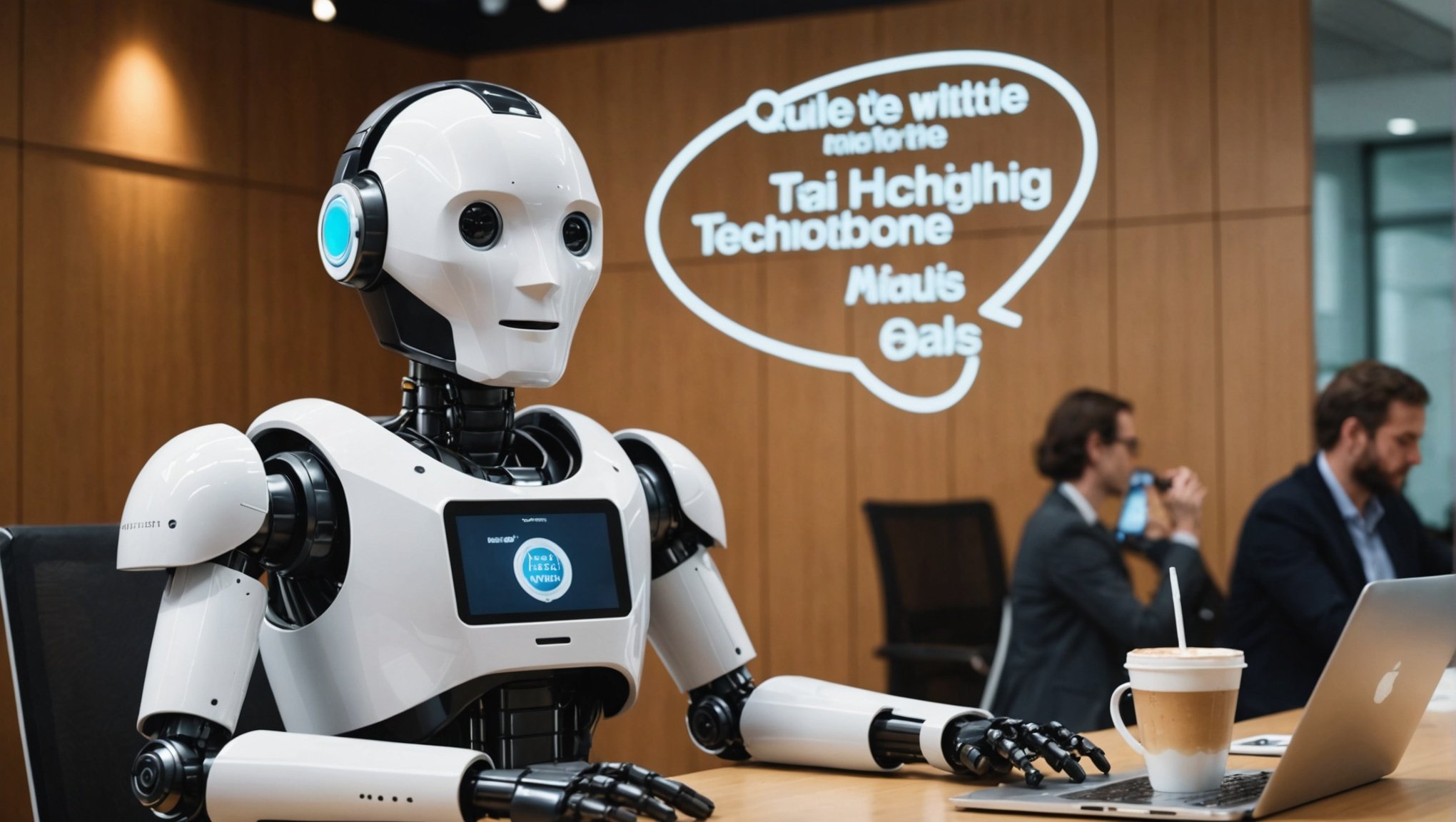In the ever-evolving landscape of digital communication, AI-driven chatbots have emerged as indispensable tools for businesses. These virtual agents streamline customer service, enhance user experience, and significantly cut operational costs. However, as global enterprises expand their reach, the necessity for chatbots to communicate effectively in multiple languages becomes crucial. This article delves into the techniques for optimizing AI-driven chatbots for multilingual support, providing comprehensive insights for those looking to enhance their digital communication capabilities.
Understanding the Importance of Multilingual Support for Chatbots
As businesses transcend borders and cultures, offering customer service in multiple languages is no longer a luxury but a necessity. Multilingual support ensures that users from diverse linguistic backgrounds receive the same level of service and satisfaction.
Also to read : How to develop an AI-driven platform for early disease detection in healthcare?
Optimizing AI-driven chatbots for multilingual capabilities involves more than just translating text. It encompasses understanding nuances, slang, cultural references, and even idiomatic expressions. This section unpacks the critical importance of going beyond the basics to achieve seamless multilingual support.
Multilingual chatbots cater to a global audience, providing real-time assistance in their native languages. This not only enhances user satisfaction but also builds trust and loyalty. In an era where customers expect instant responses, chatbots that can converse fluently in multiple languages stand out. Furthermore, multilingual support opens doors to new markets, driving business growth and expanding the customer base.
This might interest you : What are the key steps to implement a real-time fraud detection system using machine learning?
Leveraging Natural Language Processing (NLP) for Multilingual Capabilities
Natural Language Processing (NLP) is the cornerstone of any AI-driven chatbot. It enables the chatbot to understand, interpret, and respond to human language in a way that feels natural and intuitive. When it comes to multilingual support, NLP’s role becomes even more pivotal.
To optimize chatbots for multiple languages, it’s essential to leverage advanced NLP techniques. These techniques can handle the complexities of different languages, including grammar, syntax, and semantics. The key lies in training the NLP models with diverse and comprehensive multilingual datasets. This ensures that the chatbot can understand contextual nuances and deliver accurate responses.
Moreover, integrating machine learning algorithms with NLP can enhance the chatbot’s ability to learn from interactions and improve over time. This dynamic learning process is vital for maintaining high-quality multilingual support. Additionally, incorporating Named Entity Recognition (NER) can help the chatbot identify and understand specific entities, such as names, dates, and locations, across different languages.
Implementing Machine Translation for Real-time Language Conversion
Machine translation plays a significant role in enabling chatbots to provide multilingual support. It involves automatically translating text from one language to another, allowing the chatbot to communicate with users in their preferred language.
To optimize chatbots for real-time language conversion, it’s crucial to implement advanced machine translation technologies. Neural Machine Translation (NMT) is a cutting-edge approach that leverages deep learning techniques to achieve high-quality translations. NMT models are trained on vast amounts of multilingual data, enabling them to understand context and generate more accurate translations.
However, machine translation is not without its challenges. Different languages have unique structures and idiomatic expressions, making it difficult to achieve perfect translations. To mitigate these challenges, it’s essential to continuously train and fine-tune the translation models. Additionally, incorporating human-in-the-loop review processes can help ensure the accuracy and quality of translations.
Customizing Chatbot Responses for Cultural and Linguistic Nuances
Effective multilingual support goes beyond translation—it’s about customization. Different cultures and languages have unique ways of expressing ideas and emotions. To provide a truly personalized experience, chatbots must be able to adapt their responses to align with cultural and linguistic nuances.
Customization involves understanding the target audience and tailoring the chatbot’s responses accordingly. This can be achieved by incorporating cultural references, idiomatic expressions, and local slang into the chatbot’s language model. It also involves understanding the tone and style of communication preferred by different cultures. For instance, some cultures may prefer formal and respectful language, while others may appreciate a more casual and friendly tone.
Furthermore, customizing responses involves considering the context of the conversation. The chatbot should be able to detect and respond to user emotions, providing empathetic and relevant responses. This level of customization enhances user satisfaction and creates a more engaging and authentic interaction.
Ensuring Continuous Improvement and Monitoring Performance
Optimizing AI-driven chatbots for multilingual support is not a one-time task—it’s an ongoing process. Continuous improvement and performance monitoring are essential to maintaining high-quality multilingual support.
To achieve continuous improvement, it’s important to regularly update and refine the chatbot’s language models. This can be done by incorporating user feedback and analyzing conversation logs to identify areas for improvement. Machine learning algorithms can also be used to automate the learning process, enabling the chatbot to adapt and improve based on real-world interactions.
Performance monitoring involves tracking key metrics, such as response accuracy, user satisfaction, and conversation completion rates. These metrics provide valuable insights into the chatbot’s performance and help identify areas for optimization. Additionally, conducting regular audits and reviews can ensure that the chatbot’s multilingual capabilities remain up-to-date and effective.
In conclusion, optimizing AI-driven chatbots for multilingual support is a multifaceted endeavor that requires a deep understanding of language, culture, and technology. By leveraging advanced NLP techniques, implementing machine translation, customizing responses, and ensuring continuous improvement, businesses can create chatbots that provide seamless and effective multilingual support.
As you venture into the realm of multilingual chatbots, remember that the goal is to create a personalized and engaging experience for users from diverse linguistic backgrounds. By doing so, you not only enhance user satisfaction but also build trust, foster loyalty, and drive business growth. The future of customer service lies in the hands of AI-driven chatbots, and optimizing them for multilingual support is a crucial step towards achieving success in the global marketplace.






